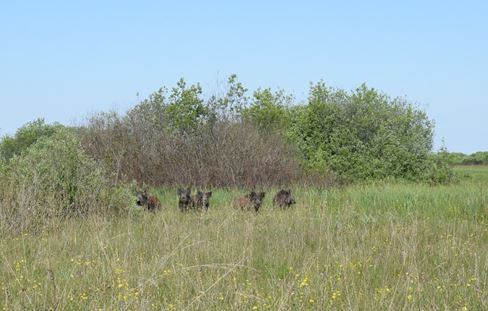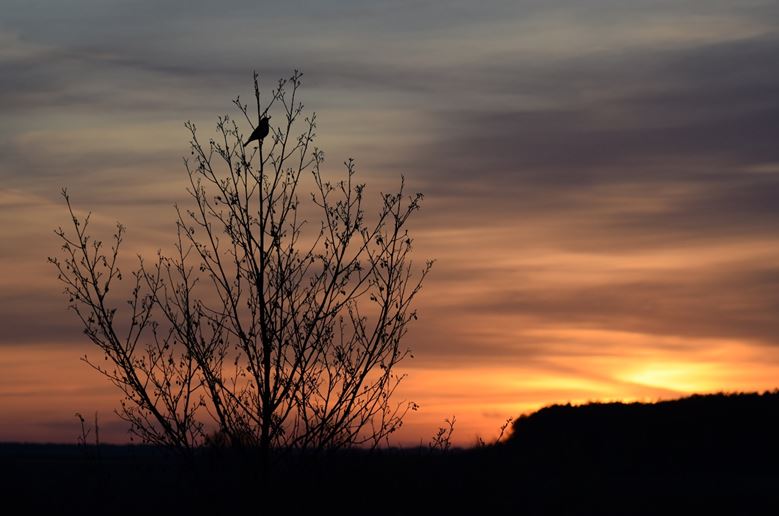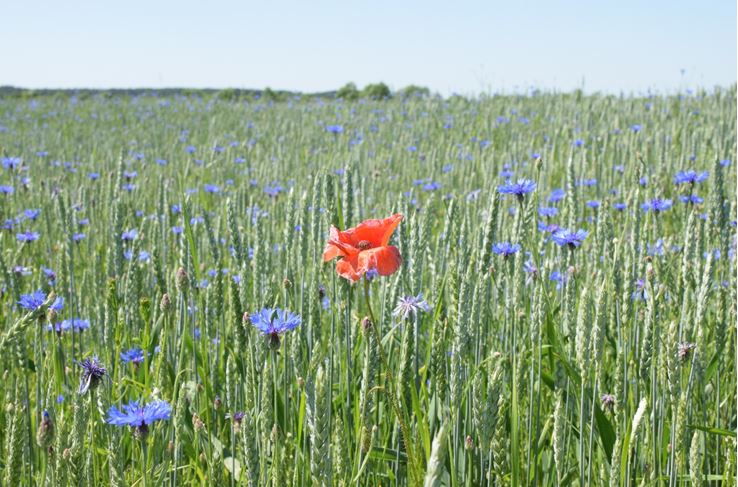Hi, I’m Tim and I’m a PhD student in the conservation science group of the zoology department. I’m interested in “rewilding” – which means the restoration of natural processes in order to create healthier ecosystems. Over the past few thousand years, humans have supressed many natural processes – by killing off large predators and herbivores, canalising and controlling rivers with dykes and dams, supressing wild fires, and so on. By attempting to restore some of these processes, rewilding aims to create healthy and vibrant ecosystems, which (unlike many current nature reserves) are not reliant on ongoing human management, and provide opportunities for recreation in a true wilderness.

As part of this, I have just finished a three-month field season in north-west Ukraine. I was working in the Pripyat-Stokid National Natural Park and surrounding farmland. The specific focus for this field season was to look at flood disturbance, with the hypothesis that a natural flood regime can create a heterogeneous landscape which includes large open areas, and that this landscape would support similar species to those found on farmland (i.e. species which thrive in mixed and open landscapes). The park I was working in was ideal for testing this – it is one of the largest almost-natural floodplains remaining in Europe, and offers a complete range from almost continually flooded areas to forest patches which are only flooded in extreme events. I used birds and butterflies as two taxa which are both relatively easy to survey in the field, and have a long history of study, particularly in relation to agriculture.

A typical day started sometime around 4am, in order to reach my first bird survey point at sunrise. Bird surveys continued for up to 3 hours after sunrise, the exact number of points I could survey in that time depending on how long it took to get between points. The next regular task was butterfly surveys, which had to be carried out between 3.5 hours before and 3.5 hours after solar midday (which translated as between 9:45am and 4:45pm). I aimed to carry out at least three bird and butterfly surveys at each point, in order to account for variation over the course of my field season – although because butterflies are quite sensitive to weather, I didn’t always manage this. In addition, for each point I also created a habitat map and recorded other forms of disturbance (such as fire and browsing by elk).

Like all fieldwork, it was hard work and had its ups and downs (the downs typically involving sinking into a particularly deep bit of the wetland…), but it was an incredible experience, and not one I’m going to forget soon!


